I am looking for an op amp to use as a unity gain buffer with a disable feature. The OPAx890 looks like a good candidate because it is unity gain stable.
I have noticed that some op amps labeled as unity gain stable have worse stability than others (e.g. OPA690 claims unity gain stability, but its stability is poor. The G=+1 small-signal frequency response shows >3dB of peaking in the datasheet).
The OPA2890 has a very nice looking small-signal frequency response in a unity gain configuration:

I do not need a dual op amp. I was glad to find that there is also the OPA890 which looks like a single version of the OPA2890. It looks like the OPA890 has worse stability with some peaking at G=+1:
Does this make any sense? I would think the same op amp would have the same frequency response, or for the single to have better properties than the dual. Of course I can just get the dual and use 1, but is this an actual difference between op amps or just an error in the datasheet?
